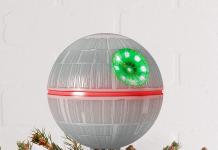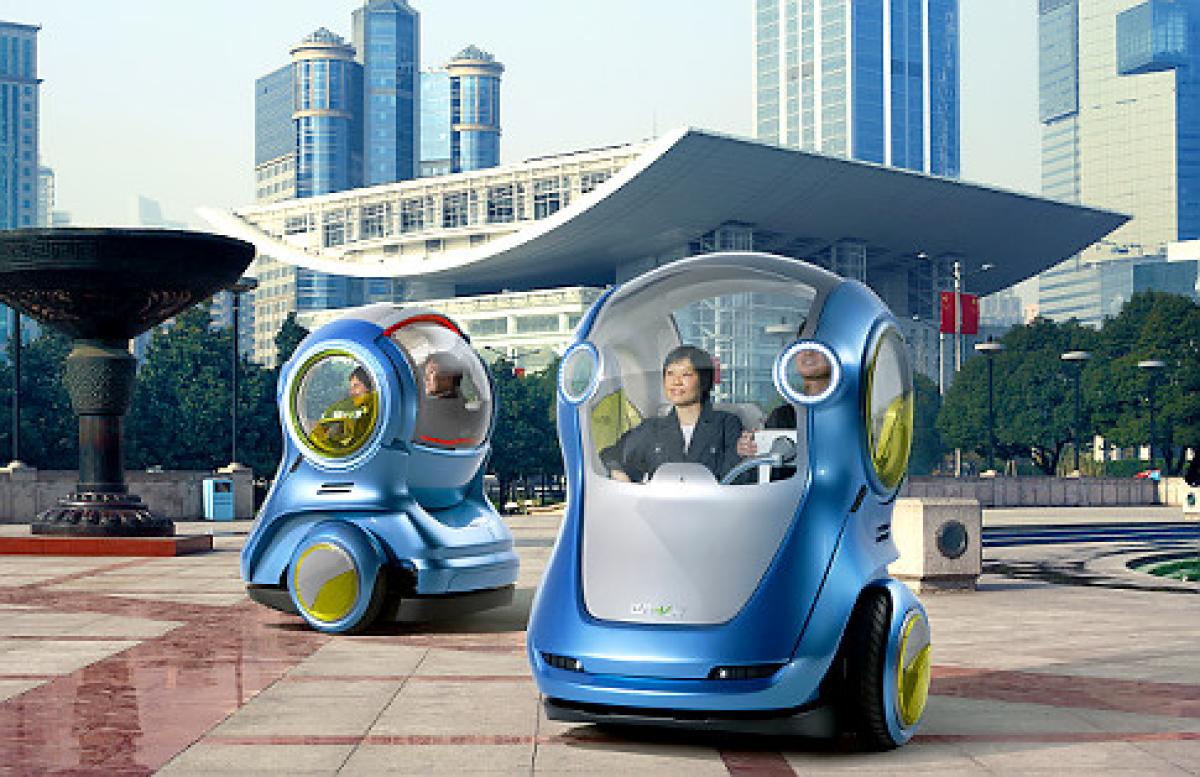This display makes dual-monitor setups look like your TV from the ’90s.Dual monitors have been popular for a while now. They’re starting to catch on as not only a setup that increases and improves productivity, but also serves as a somewhat more natural way to view things. However, they are still some flaws: for example, the separation between the two monitors can be annoying if you’re not used to it, and often might require re-calibrating when aligning is off. Designer Nuno Teixeira saw this as an opportunity to not only create an entity that not only combined two monitors, but also introduces the Mac OS X system into dual monitors.
I’m aware that you can use dual monitors with Macs. I have it set up with my Macbook Pro, and I’m certain that you could do it with an iMac and a Mac Pro too. My only beef is it becomes very difficult to align them properly, with the exception of the Mac Pro. For example, my 13″ Macbook Pro screen doesn’t match up perfectly with my 22″ Dell S2209W. Given their different resolution sizes and heights, I don’t see it as a mystery as to why, but also as a problem that’s difficult to solve (I can see no solution other than buying a Mac Pro).
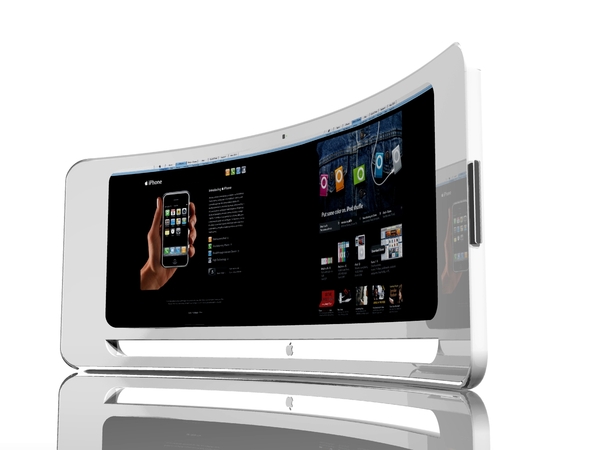
With the iView, Teixeira combines two monitors into one machine. Moreover, they’re designed to fit the curvature of the eye, which makes the viewing experience a lot more natural and pleasant. It also removes the problem of alignment and even the barrier between the two monitors, and introduces quite a fertile amount of screen real estate.
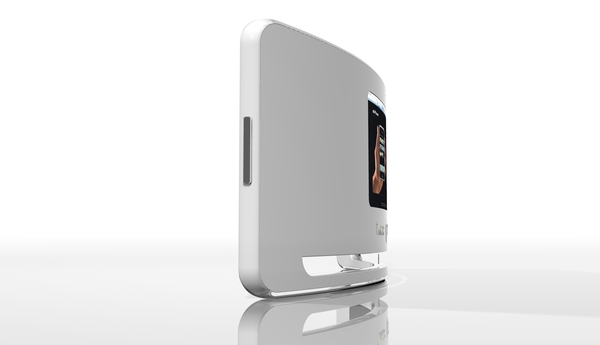
The product itself looks sleek and futuristic, and does closely resemble the majority of Apple products out there.
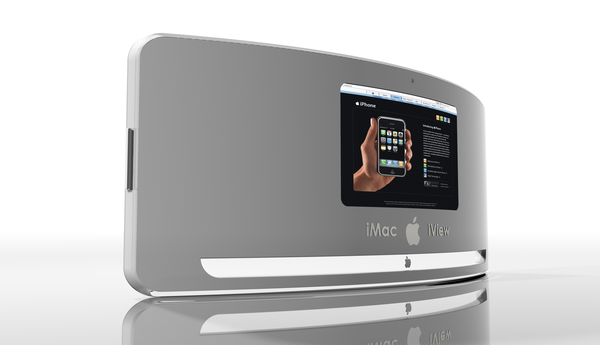
There’s also a screen on the back. As the iView is aimed for professionals, such as designers, it makes sense for this LCD to mirror what’s happening on the screen on the other side so that assistants and viewers can follow the process of how this professional creates his or her work.
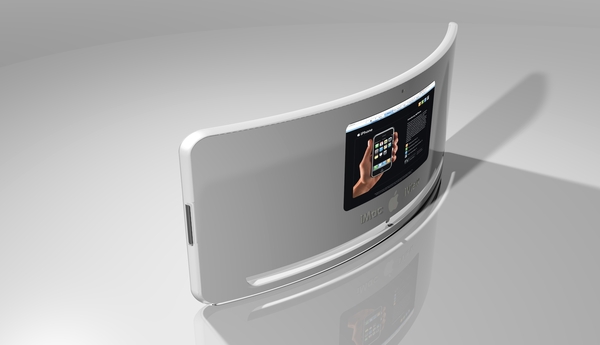
Lastly, there are two webcams on the iView: one on the back and one on the front. I’m certain that the first is quite useful, as it can capture the face of the professional. I guess the second could be useful for a conference call with the assistant or another professional throwing in feedback, but I’m not sure if it serves an essential function.
The iView offers a new method of computing, and strikes me as resembling something that we can see in the near future. Combining the power of two monitors into one would require quite a powerful cable, but I’m sure that it’s going to happen soon. Until then, we can admire Teixeira’s design and try to recreate the iView.
If you liked this post, check out the nanocade netbook arcade and the Touchscape multi-touch coffee table.


